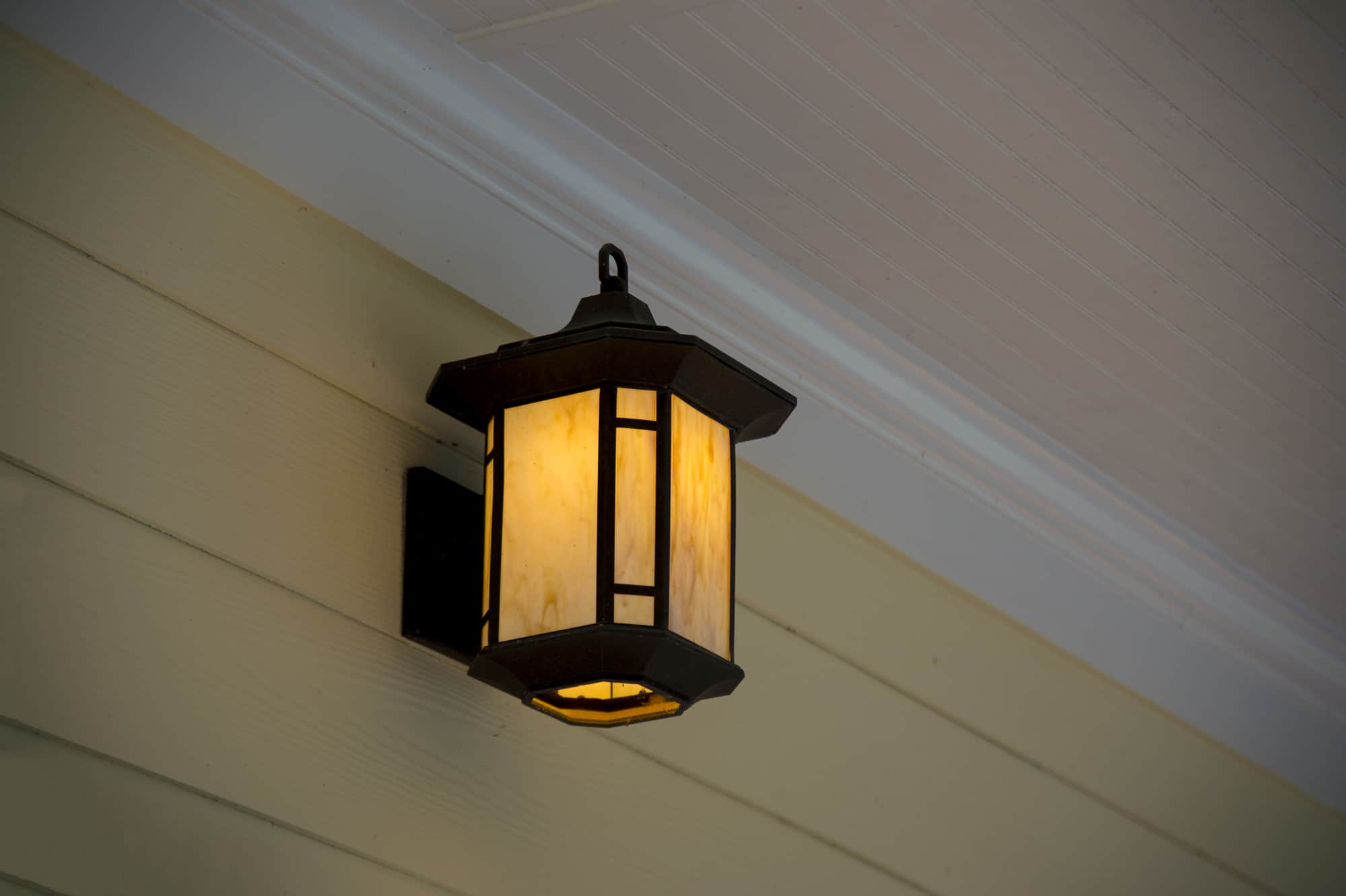

Articles
How To Keep Bugs Off Porch Light
Modified: October 20, 2024
Learn effective ways to keep bugs away from your porch light with these informative articles. Discover tips and tricks to minimize unwanted pests and enjoy bug-free evenings.
(Many of the links in this article redirect to a specific reviewed product. Your purchase of these products through affiliate links helps to generate commission for Storables.com, at no extra cost. Learn more)
Introduction
Porch lights can be a wonderful addition to any home. They provide illumination, enhance the curb appeal, and create a welcoming atmosphere. However, one common problem that many homeowners face is the constant presence of bugs around porch lights. These buzzing insects can be a nuisance, making it difficult to enjoy your outdoor space. Luckily, there are several effective strategies you can use to keep bugs off your porch light.
In this article, we will discuss the reasons why bugs are attracted to porch lights and provide practical tips to deter them. By understanding the science behind this phenomenon and implementing the right strategies, you can enjoy your well-lit porch without any unwanted visitors.
Key Takeaways:
- Choose bug-resistant porch lights, clean them regularly, and use natural repellents to keep bugs away from your outdoor space and enjoy a bug-free porch experience.
- Implement landscaping techniques, seal cracks, and use bug traps to create a bug-free environment and reclaim your porch for relaxation and entertainment.
Read more: How To Keep Bugs Off My Porch
Understanding why bugs are attracted to porch lights
Have you ever wondered why bugs seem to swarm around porch lights? It turns out that there are a few scientific reasons behind this phenomenon.
Firstly, insects are naturally drawn to sources of light. This behavior is known as positive phototaxis. Many bugs, such as moths, beetles, and flies, have evolved to navigate by using the moon and stars as points of reference. Artificial light sources, like porch lights, can confuse their navigation systems, causing them to circle around the light.
In addition, insects are attracted to the warmth that porch lights emit. Light bulbs create infrared radiation, which is perceived as heat by bugs. This warmth can be particularly enticing to bugs during cooler evenings or when they are seeking a cozy spot to rest.
Furthermore, certain bugs are also drawn to specific wavelengths of light. For example, mosquitoes are attracted to UV and blue lights, while moths are attracted to ultraviolet and yellow lights. Understanding these preferences can help you make informed decisions when choosing the type of porch light that is less appealing to these pests.
It is important to note that not all bugs are attracted to porch lights. Some insects, like spiders and ants, are generally not drawn to light sources and might even shy away from well-lit areas.
Now that we have a grasp on why bugs are attracted to porch lights, let’s explore some strategies to keep them at bay.
Choosing the right type of porch light
When it comes to keeping bugs away from your porch light, selecting the right type of light fixture can make a significant difference. Here are some factors to consider:
- Yellow or Amber Light: Bugs are less attracted to yellow or amber lights compared to white or blue lights. Opt for light bulbs or fixtures that emit a warm, yellow light to minimize bug activity on your porch.
- LED Lights: Consider using LED lights for your porch. LED bulbs produce less heat compared to incandescent bulbs, which can help reduce the appeal for bugs seeking warmth.
- Bug-Repellent Lights: Some lights are specially designed to repel bugs. These typically include yellow bug-repellent bulbs that emit light in the invisible ultraviolet spectrum. These lights are effective in deterring bugs while still providing illumination.
- Motion Sensor Lights: Installing motion sensor lights can be beneficial in minimizing bug activity. These lights only turn on when triggered by movement, reducing the amount of time the light is on and therefore attracting fewer bugs.
By choosing the right type of porch light, you can create a less enticing environment for bugs, ultimately reducing their presence around your porch.
Next, let’s discuss the importance of keeping the porch light clean to deter bugs.
Keeping the porch light clean
Regularly cleaning your porch light is an important step in keeping bugs at bay. Over time, dirt, dust, and dead insects can accumulate on the surface of the light, making it more attractive to bugs. Here’s how to keep your porch light clean:
- Turn off the power: Before cleaning, make sure to turn off the power to the porch light to avoid any electrical hazards.
- Remove the light bulb: Gently unscrew the light bulb from the fixture and set it aside.
- Wipe down the fixture: Use a damp cloth or a mild soap solution to clean the surface of the light fixture. Pay attention to the corners and crevices where debris may accumulate.
- Clean the bulb: Take a dry cloth or a soft brush and carefully clean the light bulb. This will remove any dust or dead insects that may have gathered on the surface.
- Replace the bulb: Once the fixture and bulb are clean and dry, carefully screw the light bulb back into place.
- Consider bug-repellent coatings: There are specially formulated bug-repellent coatings available in the market that you can apply to your porch light. These coatings create a barrier that deters bugs from landing on the light and can be effective in reducing bug activity.
By maintaining a clean porch light, you can minimize the attractiveness to bugs and reduce their presence around your porch. However, cleaning alone may not be sufficient to completely eliminate bug activity, so it’s important to consider additional measures.
Next, we’ll explore natural bug repellents that can help keep bugs away from your porch light.
Using natural bug repellents
If you prefer to avoid chemical insecticides, there are several natural bug repellents that can help keep bugs away from your porch light. Here are some effective options:
- Citronella: Citronella is a well-known natural bug repellent. You can use citronella candles, torches, or oil to create a protective barrier around your porch. The strong scent of citronella masks the attractants that bugs seek, making it less likely for them to approach the area.
- Essential oils: Certain essential oils, such as lavender, peppermint, eucalyptus, and lemongrass, have insect-repellent properties. Mix a few drops of these oils with a carrier oil, such as coconut oil or olive oil, and apply it to your skin or clothing to help deter bugs.
- Herbs and plants: Planting bug-repellent herbs and plants around your porch can be an effective natural deterrent. Some examples include basil, mint, rosemary, and marigold. These plants emit scents that bugs find unpleasant and can help protect your porch area.
- Vinegar: Create a homemade bug spray by mixing equal parts water and vinegar in a spray bottle. Spray this solution around your porch light and other areas where bugs gather. The strong smell of vinegar can repel bugs and discourage them from coming near.
- Citrus peels: Bugs dislike the scent of citrus fruits. Place citrus peels, such as orange or lemon, around your porch light to help keep bugs at bay.
While natural bug repellents can be effective, it’s important to note that their effectiveness may vary. You may need to experiment with different methods and combinations to find what works best for your situation.
Next, let’s explore the option of using bug traps or zappers to control bug populations around your porch light.
Consider using yellow bug lights for your porch. These lights are less attractive to insects and can help keep bugs away from your porch area.
Read more: How To Keep Bugs Off Screened-In Porch
Installing bug traps or zappers
If you’re dealing with a significant bug problem around your porch light, installing bug traps or zappers can be an effective solution. These devices work by attracting bugs and capturing or eliminating them. Here are a few options to consider:
- Bug zappers: Bug zappers use ultraviolet light to attract bugs, and when they come into contact with an electrified grid, they are eliminated. These devices are best placed at a distance from the porch light to draw bugs away from the area.
- Bug traps: Bug traps, also known as sticky traps or glue traps, are designed to attract bugs and trap them on an adhesive surface. You can hang or place these traps near your porch light to catch bugs and prevent them from reaching the light fixture.
- Electronic bug repellent devices: There are electronic devices available that emit sound frequencies that bugs find irritating, deterring them from the area. Some of these devices also emit specific wavelengths of light that bugs are less attracted to, providing a dual repellent action.
When installing bug traps or zappers, it is important to place them strategically to target the areas where bugs are most active. Experiment with different locations to find the most effective placement for your specific bug problem.
While bug traps and zappers can help control the bug population around your porch light, it’s important to remember that they may not completely eliminate bugs. Implementing other preventive measures in combination with these devices will provide the best results.
Next, let’s explore how landscaping techniques can be utilized to deter bugs from your porch area.
Implementing landscaping techniques to deter bugs
Your landscaping choices can play a significant role in deterring bugs from your porch area. By incorporating certain plants and design elements, you can create a bug-resistant environment. Here are some landscaping techniques to consider:
- Remove standing water: Standing water can attract mosquitoes and other bugs. Ensure that your yard is free of any areas where water accumulates, such as puddles or poorly drained spots.
- Choose bug-resistant plants: Certain plants are known for their bug-repellent properties. For example, lavender, marigold, catnip, and citronella grass can naturally deter bugs. Incorporate these plants into your landscaping design to create a barrier against pests.
- Use mulch wisely: Organic mulch can create a moist environment that attracts bugs. Opt for mulch made from materials like cedar or cypress, as these have natural insect-repellent properties.
- Install a bird feeder or bird bath: Birds are natural predators of bugs and can help keep their population in check. By providing a food or water source for birds, you can encourage them to visit your yard and help control bug activity.
- Keep vegetation trimmed: Overgrown vegetation can provide shelter and breeding grounds for bugs. Regularly trim bushes, shrubs, and trees near your porch to reduce hiding spots for bugs.
- Consider mosquito-repellent plants: In areas where mosquitoes are a particular concern, consider planting mosquito-repellent plants such as lemon balm, basil, or rosemary. These plants can help naturally repel mosquitoes and enhance the bug-fighting capabilities of your landscaping.
By implementing these landscaping techniques, you can create an environment that is less inviting to bugs. A well-planned and maintained landscape can significantly reduce bug activity around your porch area.
Lastly, let’s discuss the importance of sealing any cracks or gaps around your porch to prevent bugs from entering.
Sealing any cracks or gaps around the porch
One commonly overlooked aspect of bug prevention is sealing any cracks or gaps around your porch. These small openings can serve as entry points for bugs, allowing them to find their way into your outdoor space. Here’s how you can effectively seal these gaps:
- Inspect your porch: Take a close look at your porch area and identify any visible cracks, gaps, or openings where bugs might enter. Pay attention to areas around windows, doors, vents, and utility lines.
- Fill cracks with caulk: Use a silicone-based caulk to seal any visible cracks or gaps. Apply the caulk using a caulk gun, ensuring that it creates a tight seal and prevents bugs from entering through these openings.
- Install weatherstripping: Use weatherstripping materials to seal gaps around doors and windows. Apply adhesive-backed weatherstripping or door sweeps to create a barrier that bugs cannot penetrate.
- Screen windows and doors: Install screens on windows and doors to add an extra layer of protection. Make sure the screens are in good condition and free of any tears or gaps that bugs can squeeze through.
- Seal utility line penetrations: Check for any utility line penetrations, such as electrical or plumbing openings, around your porch. Use caulk or foam sealant to close off these areas and prevent bugs from gaining access.
- Inspect and seal foundation cracks: Examine the foundation of your porch for any cracks or gaps. Fill them with concrete patching material or appropriate waterproof sealant to eliminate potential bug entry points.
By sealing these cracks and gaps, you can significantly reduce the chances of bugs infiltrating your porch area. Regularly inspect and maintain these seals to ensure their effectiveness in keeping bugs out.
Now that you have learned various strategies to keep bugs off your porch light, it’s time to implement them and create a bug-free outdoor space for you and your family to enjoy.
Conclusion
Dealing with bugs around your porch light can be frustrating, but with the right strategies, you can keep them at bay and enjoy your outdoor space without constant annoyance. By understanding why bugs are attracted to porch lights and implementing the following tips, you can effectively deter bugs from gathering around your porch:
- Choose the right type of porch light, such as yellow or amber lights, LED lights, bug-repellent lights, or motion sensor lights.
- Regularly clean your porch light to remove dirt, dust, and dead insects that attract bugs.
- Use natural bug repellents like citronella, essential oils, herbs, vinegar, or citrus peels to discourage bugs.
- Consider installing bug traps, zappers, or electronic repellent devices to control bug populations.
- Implement landscaping techniques such as removing standing water, using bug-resistant plants, and attracting birds to control bug activity.
- Seal any cracks, gaps, or openings around your porch to prevent bugs from entering.
Remember, it may take some experimentation and a combination of these strategies to find what works best for your specific bug problem. Stay persistent and adapt your approach as necessary to achieve the desired results.
By taking these proactive measures, you can create a bug-free environment and enjoy your porch without the constant presence of buzzing insects. A comfortable and inviting outdoor space awaits you, ready to be enjoyed day or night.
So go ahead, implement these strategies, and reclaim your porch from bugs. Create a peaceful and enjoyable space where you can relax, entertain, and make lasting memories with family and friends.
Ready to brighten up your outdoor space? Dive into our article on patio lighting ideas that can transform any evening into a magical experience. Or, if you're battling pantry moths, check out expert pest control strategies to reclaim your kitchen. For those keen on keeping their home in top shape, don't miss our essential home maintenance advice. Each read offers practical tips and insights to enhance your living space.
Frequently Asked Questions about How To Keep Bugs Off Porch Light
Was this page helpful?
At Storables.com, we guarantee accurate and reliable information. Our content, validated by Expert Board Contributors, is crafted following stringent Editorial Policies. We're committed to providing you with well-researched, expert-backed insights for all your informational needs.
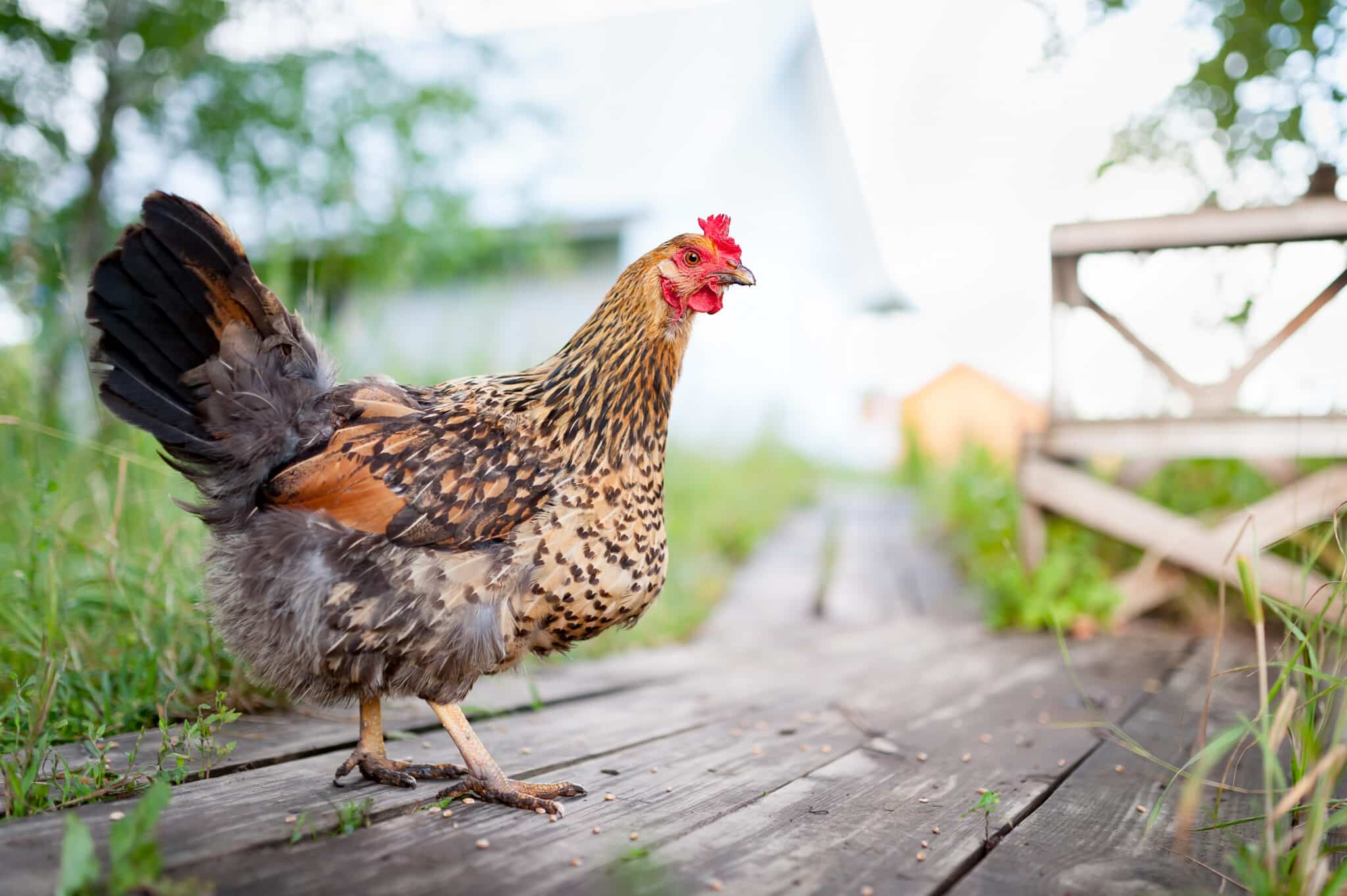

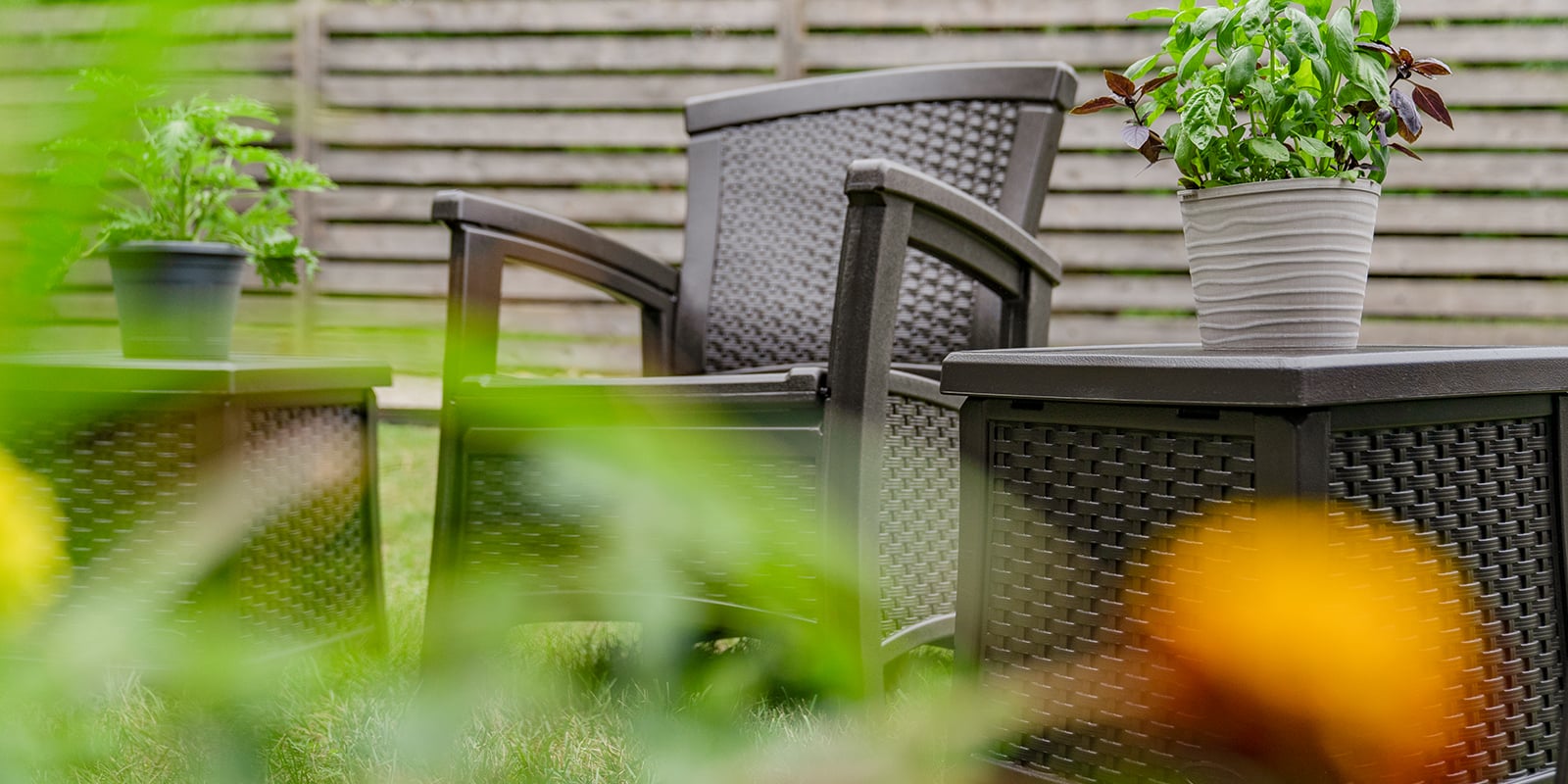
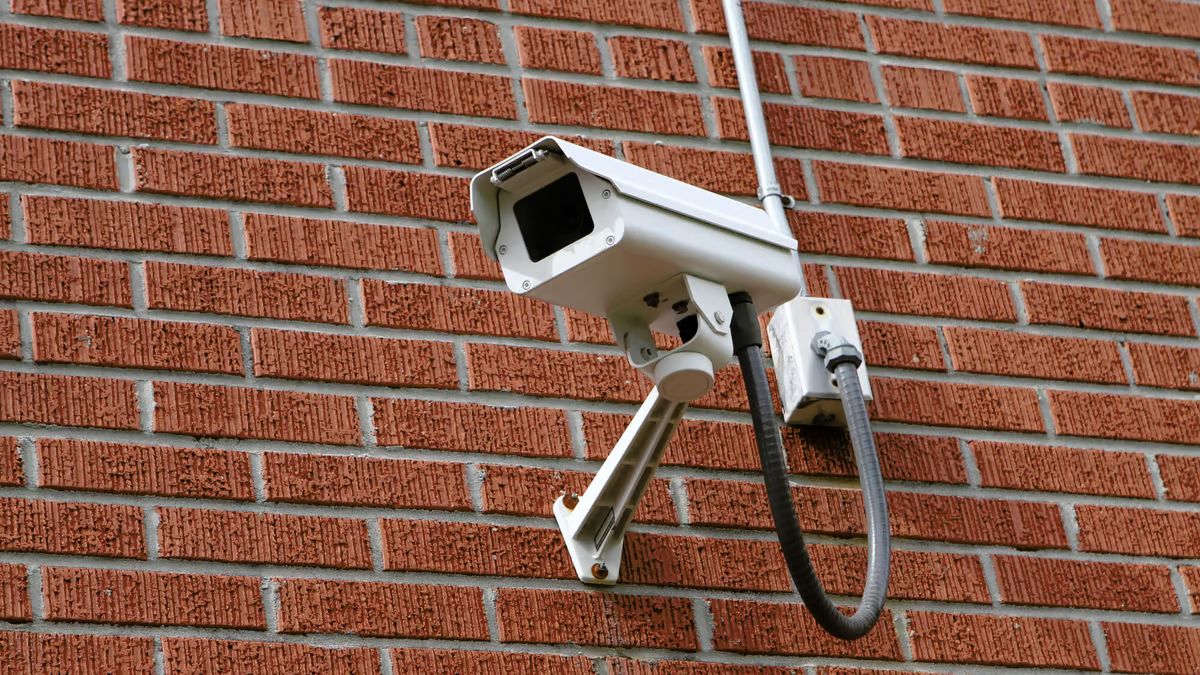
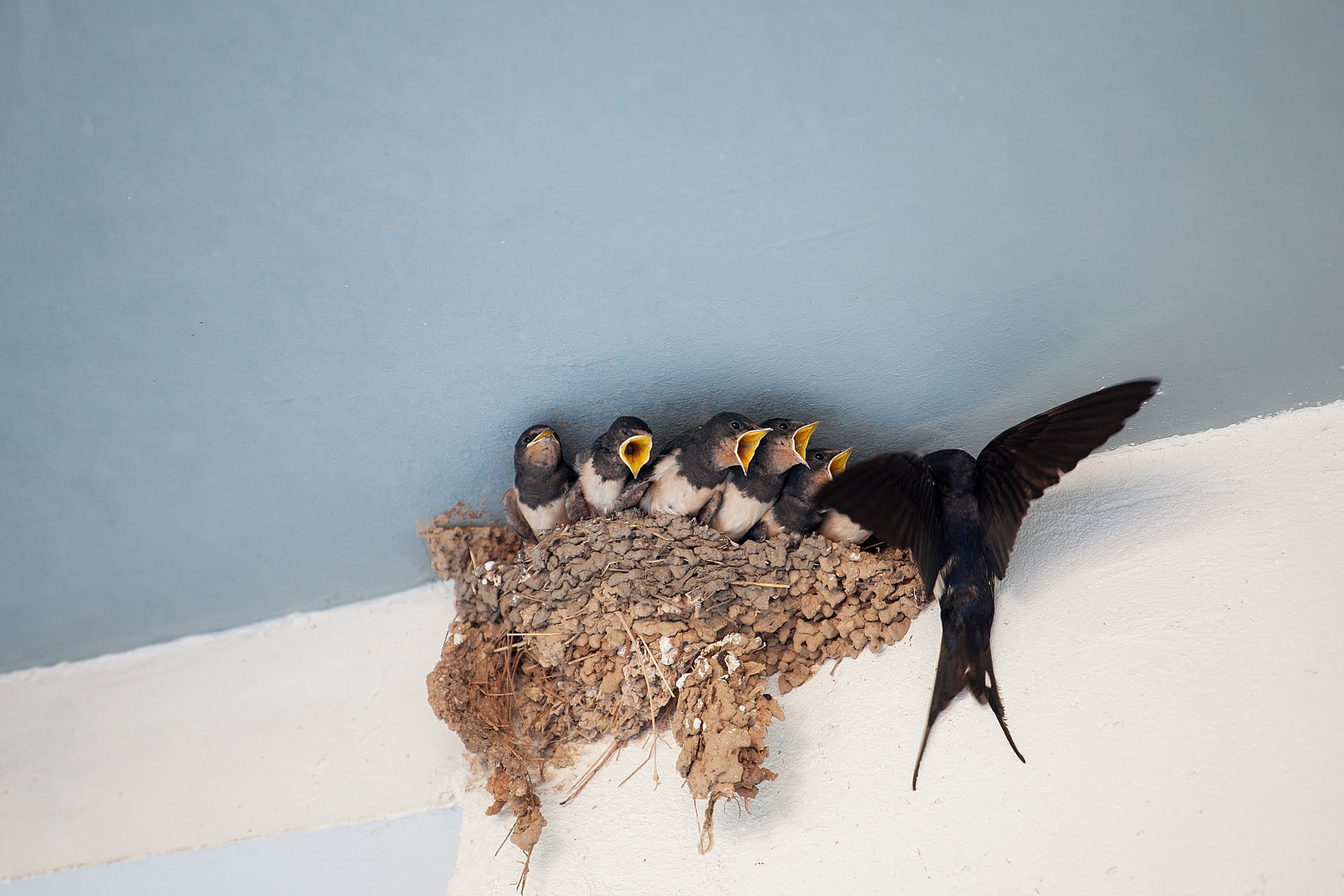
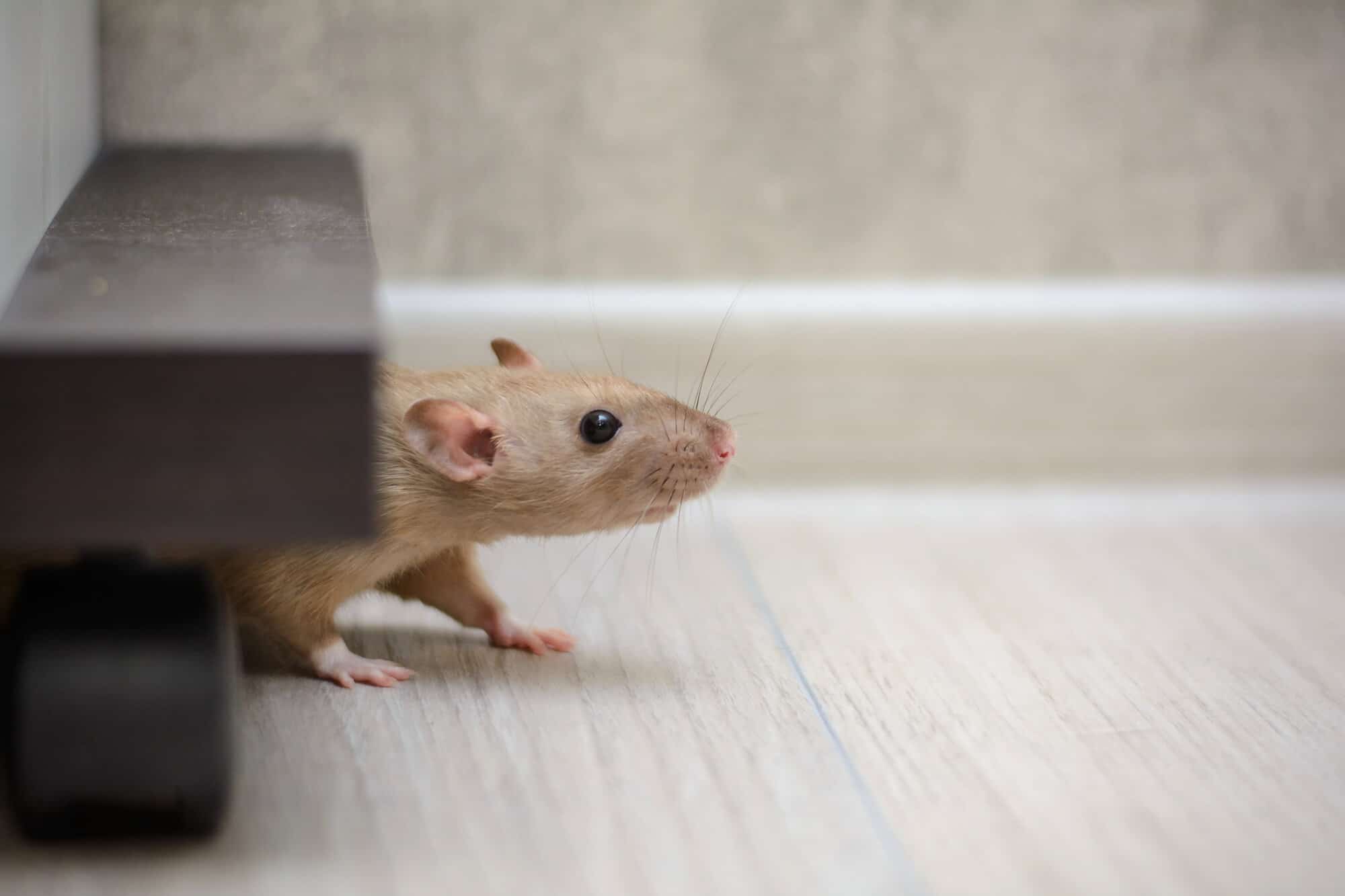
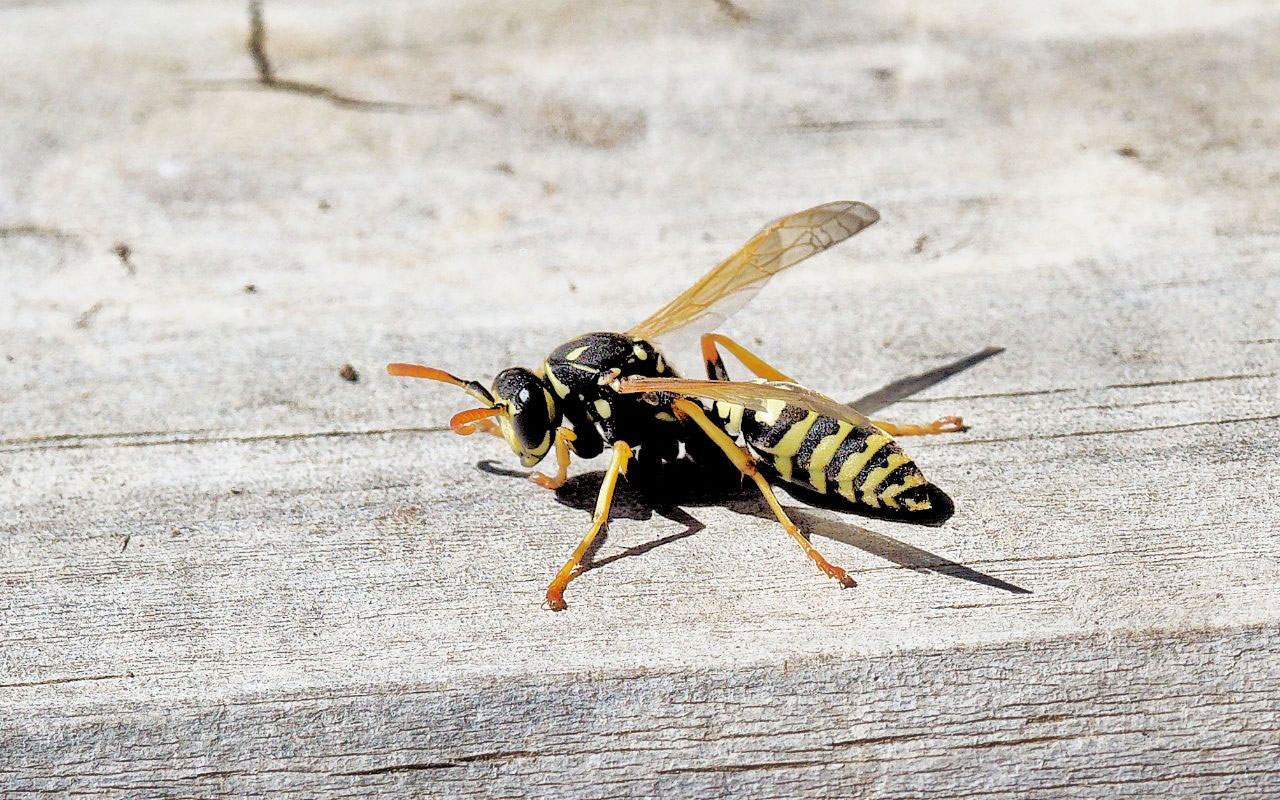
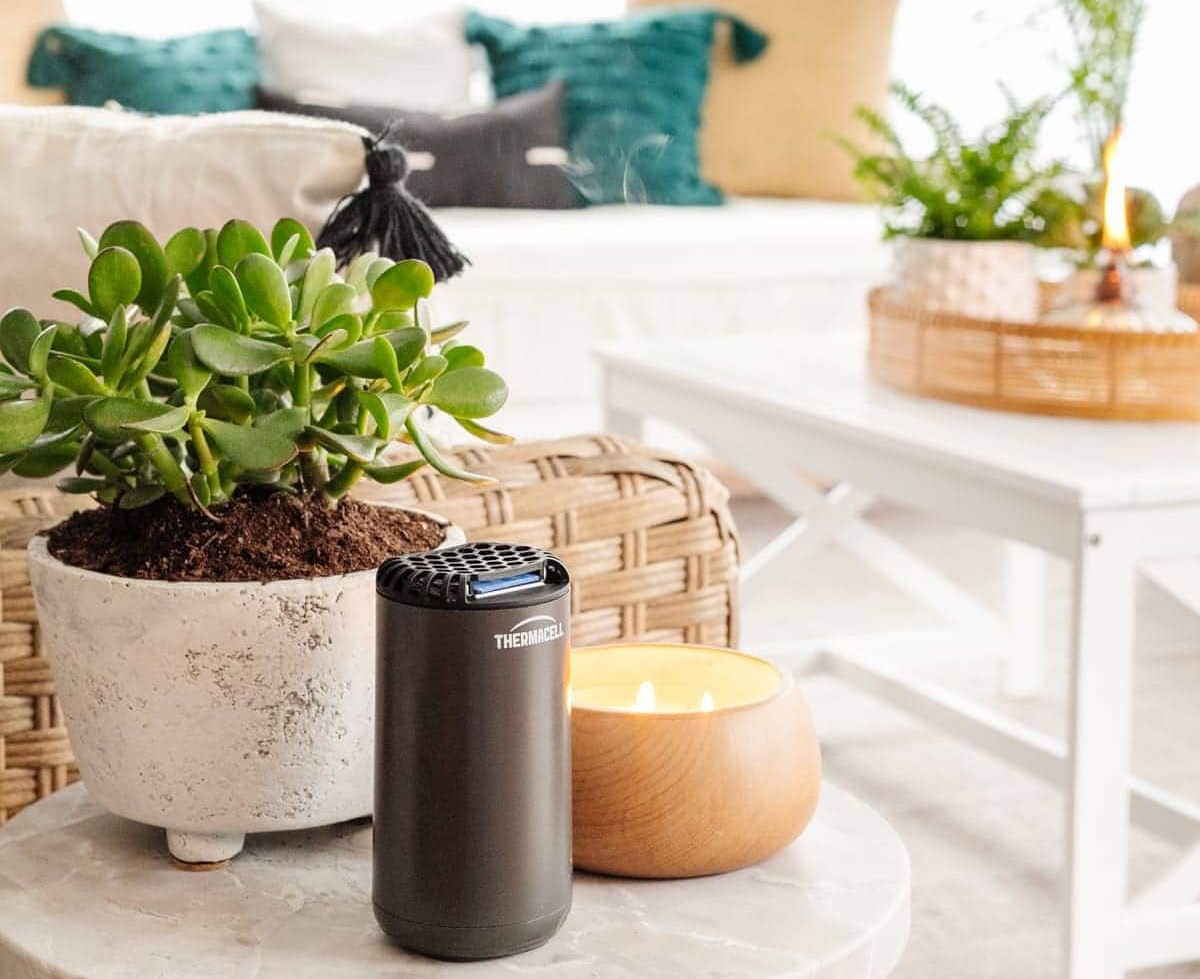
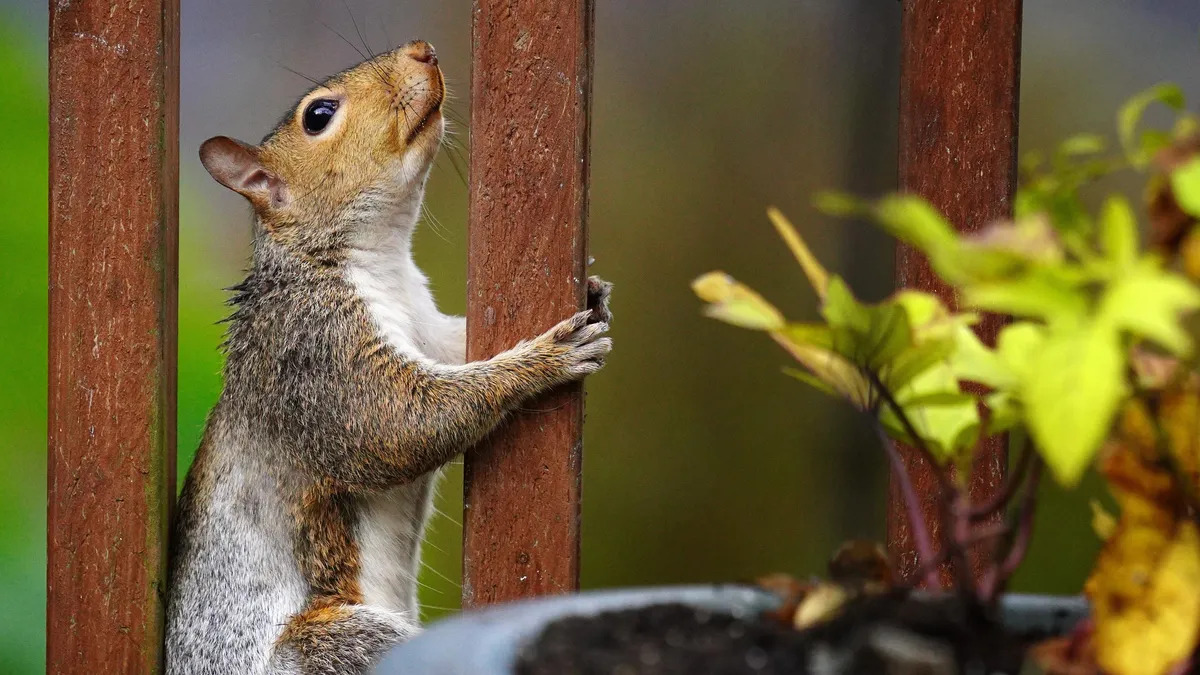
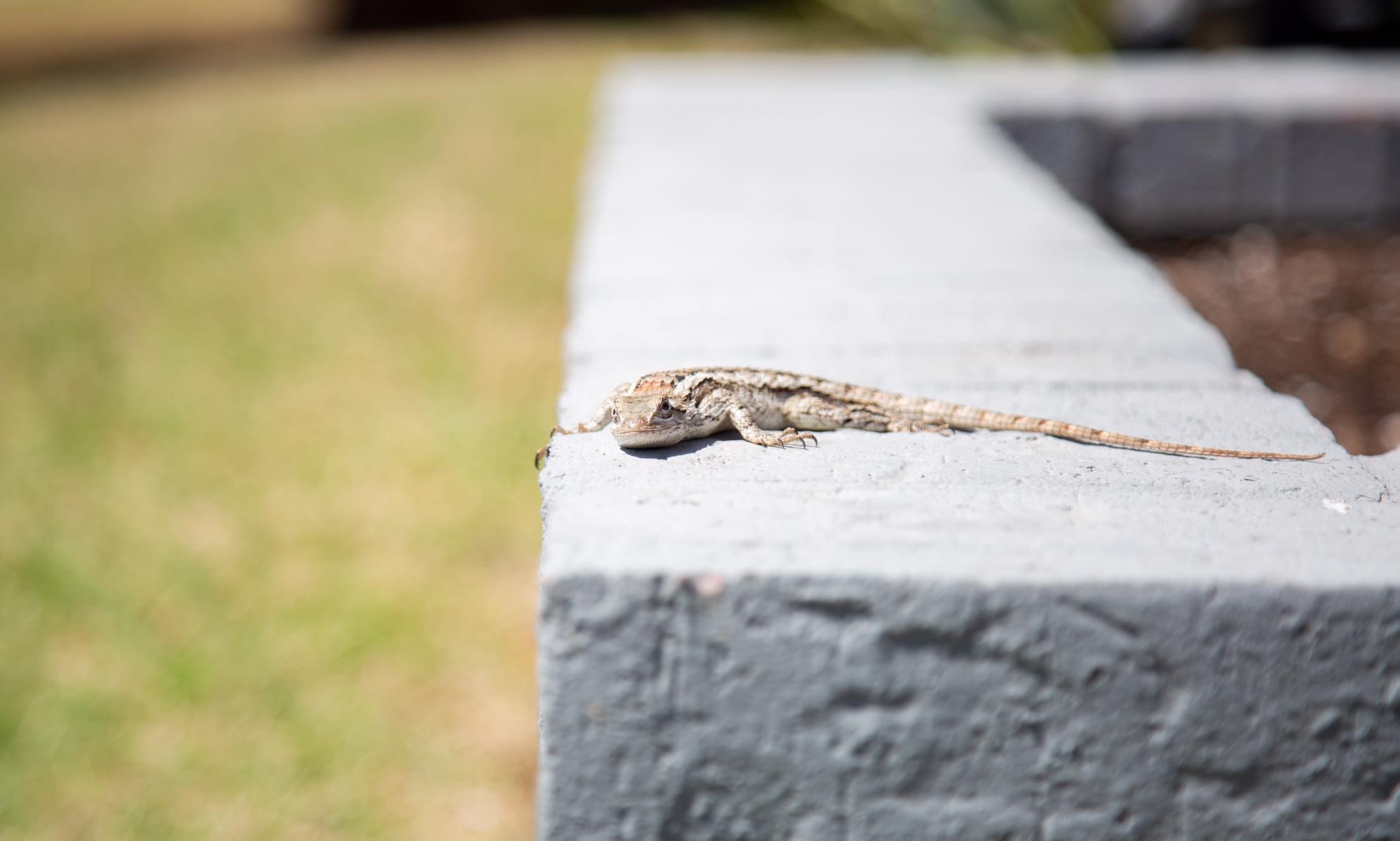
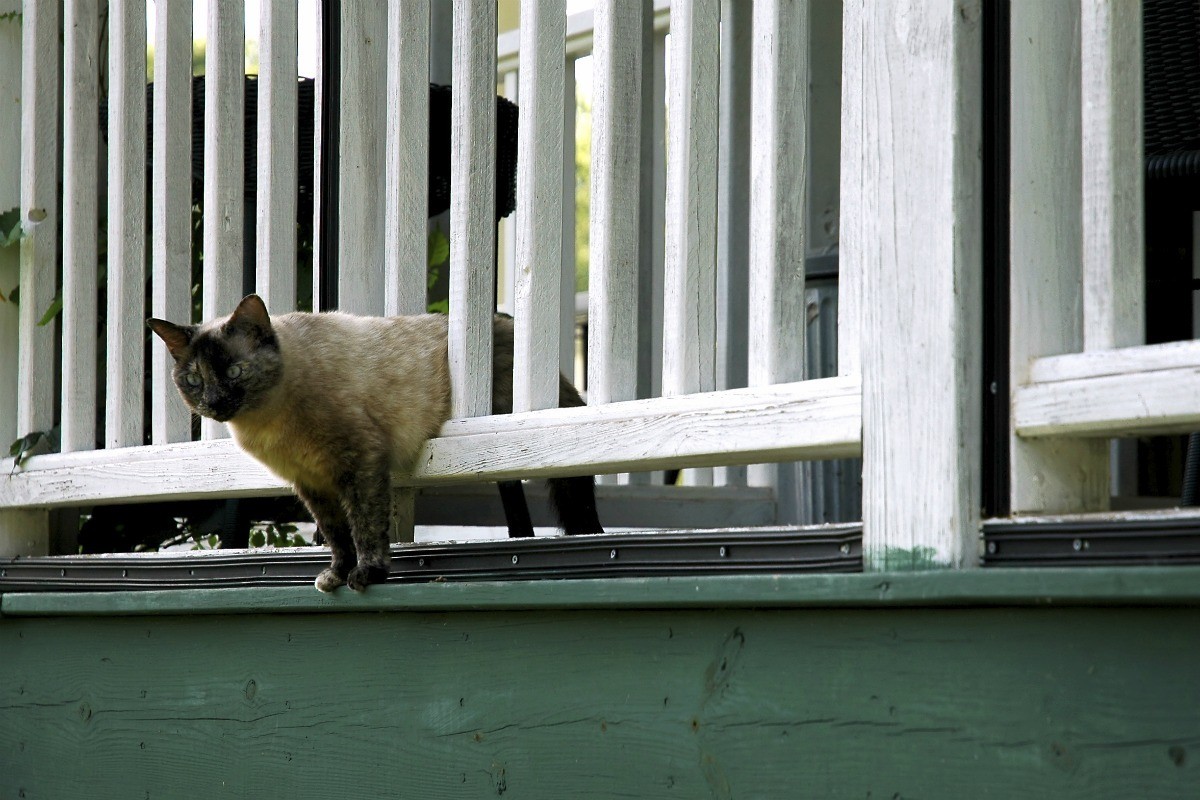
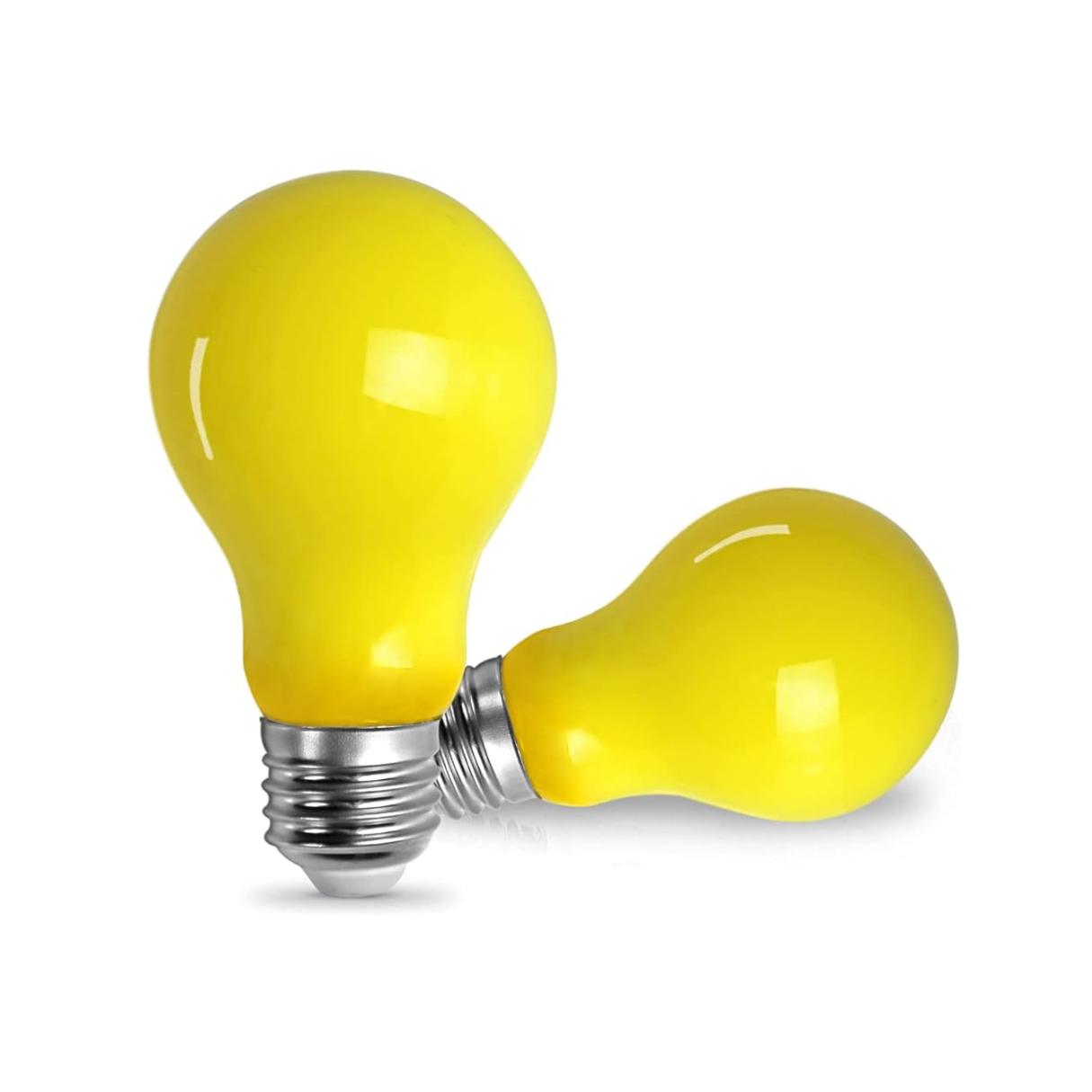
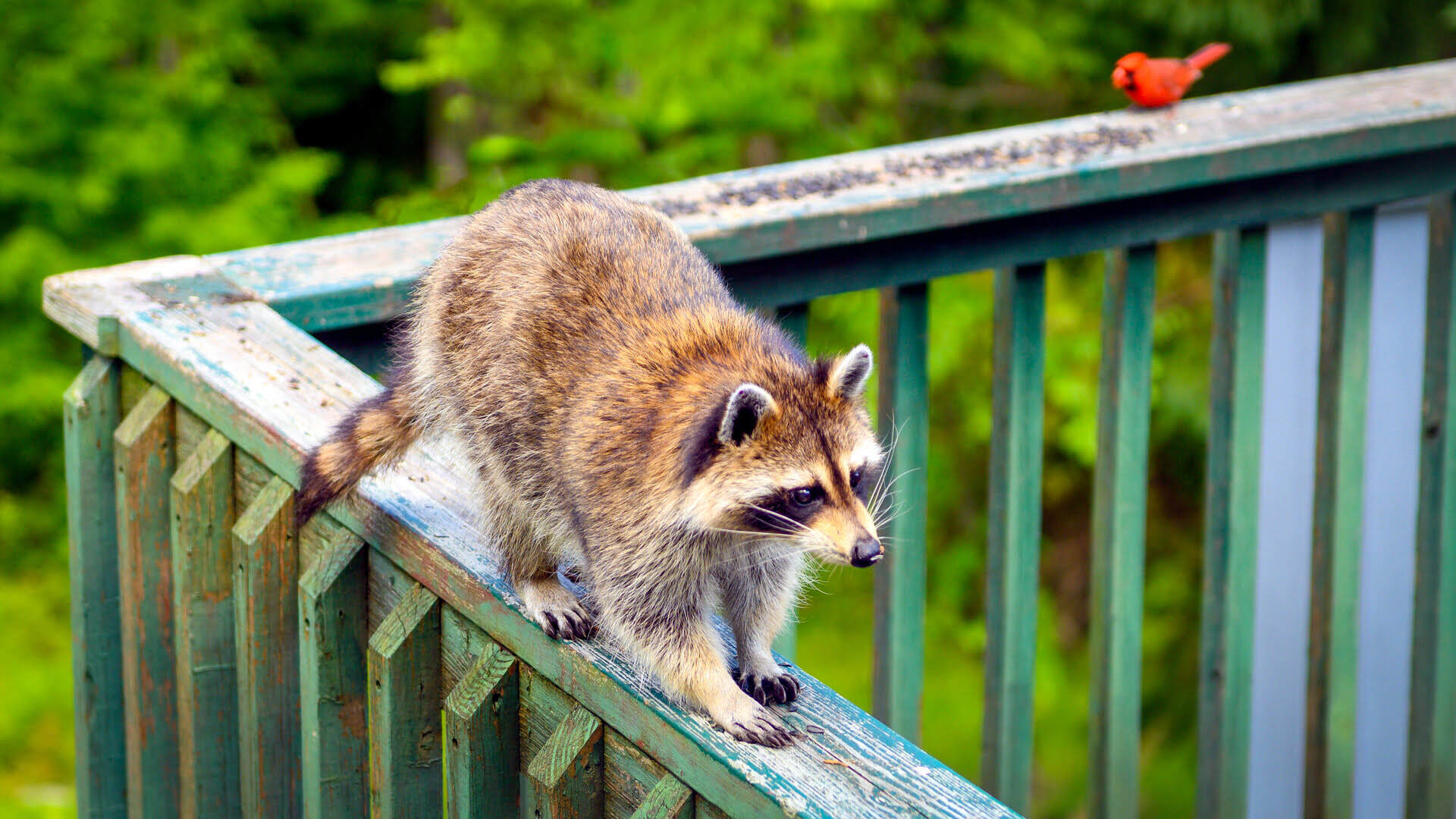
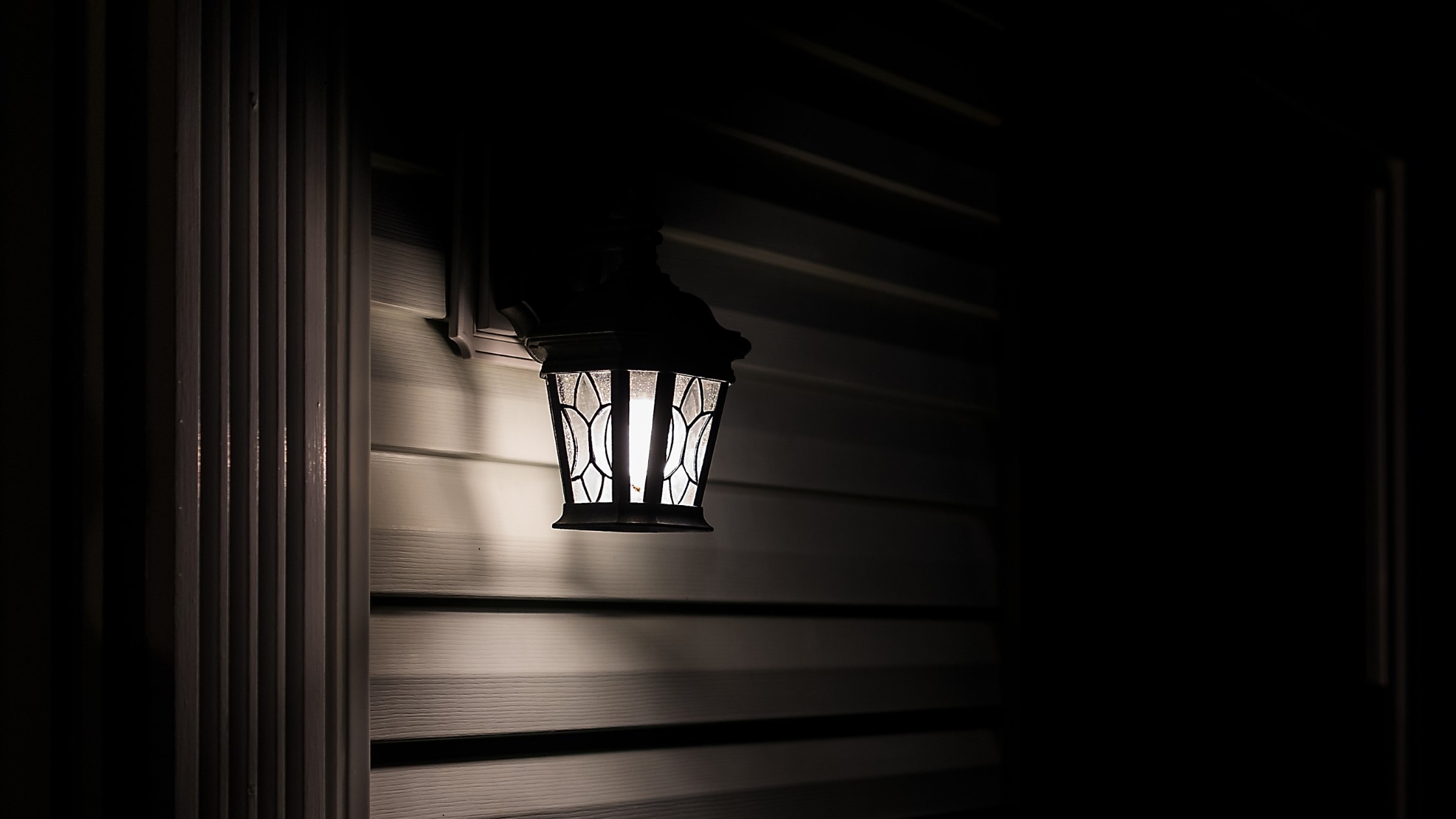

0 thoughts on “How To Keep Bugs Off Porch Light”